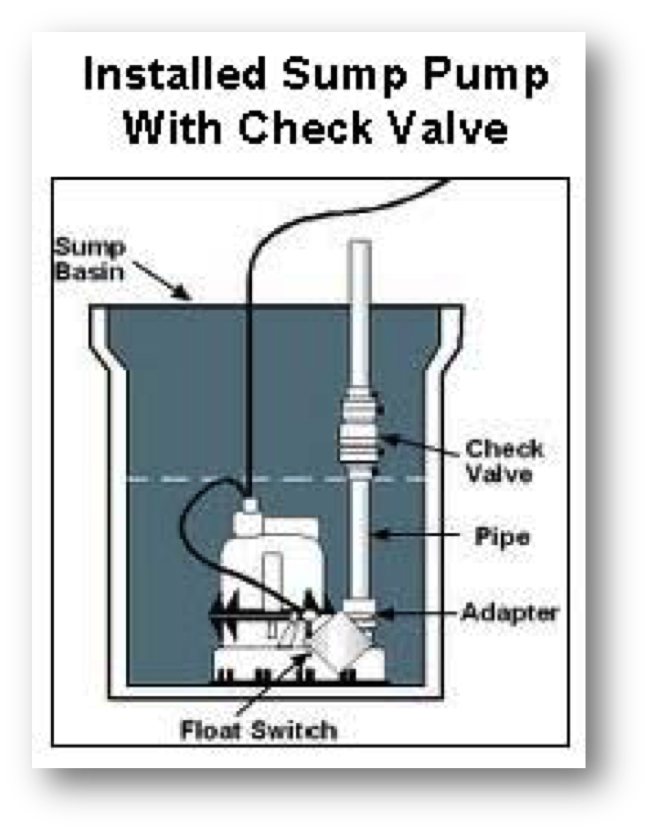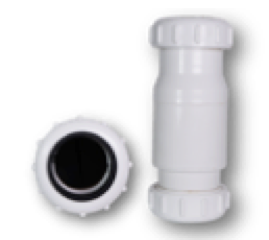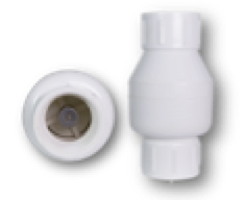Silent Sump Pump Check Valves 101

Silent Sump Pump Check Valves 101
Water lines, sewage, service laterals, pressure pumps, HVAC systems, boilers, and utilities. The list of common applications for check valves is a long one as these devices provide the self-automated unidirectional flow not offered by many valve options. In fact, without the use of the check valve, the water industry wouldn’t be as efficient as it is today, the sump pump just one example of proof to this statement.
If you have a sump pump in the basement, a check valve is probably located in the discharge line of the pump. In this application, the valve’s purpose is to prevent discharged water from flowing back into the basin when the pump motor turns off. The check valve prevents backflow into your sump pump, which is another way of saying it prevents discharged water from flowing back into the sump pit.
If a check valve isn’t installed in a sump pump application, the pump will turn off automatically after a certain amount of water is pumped out of the sump pit or sump liner. Meanwhile, the water that remains in the discharge pipe will fall back into the sump pit, raising the water level again so that pumping will need to resume. By installing a check valve in the sump pump’s discharge line, you can avoid pumping the same water more than twice, causing the pump to burn out prematurely.
PVC and other thermoplastics are used because of their anti-corrosive features. Due to this, the most common sump pump check valves are manufactured from PVC. Continue reading to learn about the features of the two most common designs, swing (flapper) and spring loaded.
| Check Valve Design | Features | Pictures |
| Swing (Flapper) |
- Designed with a hinge and hinge pin, which allows the disc (flapper) to swing - The disc is seated by the back pressure in the line |
 |
| Spring Loaded |
- Designed with a stem and spring to assist the disc to close - The disc is seated by the back pressure in the line but also with assistance of the spring |
 |
Check valves are found everywhere, including the home. As a unidirectional valve that is also self-automated, the check valve is the optimal solution to many applications, the sump pump included. Pop quiz: What is a sump pump without a check valve? The answer is ‘a very ineffective one’.
To learn more about the topic, take the 'Sump Pump Check Valves' AYU course.
